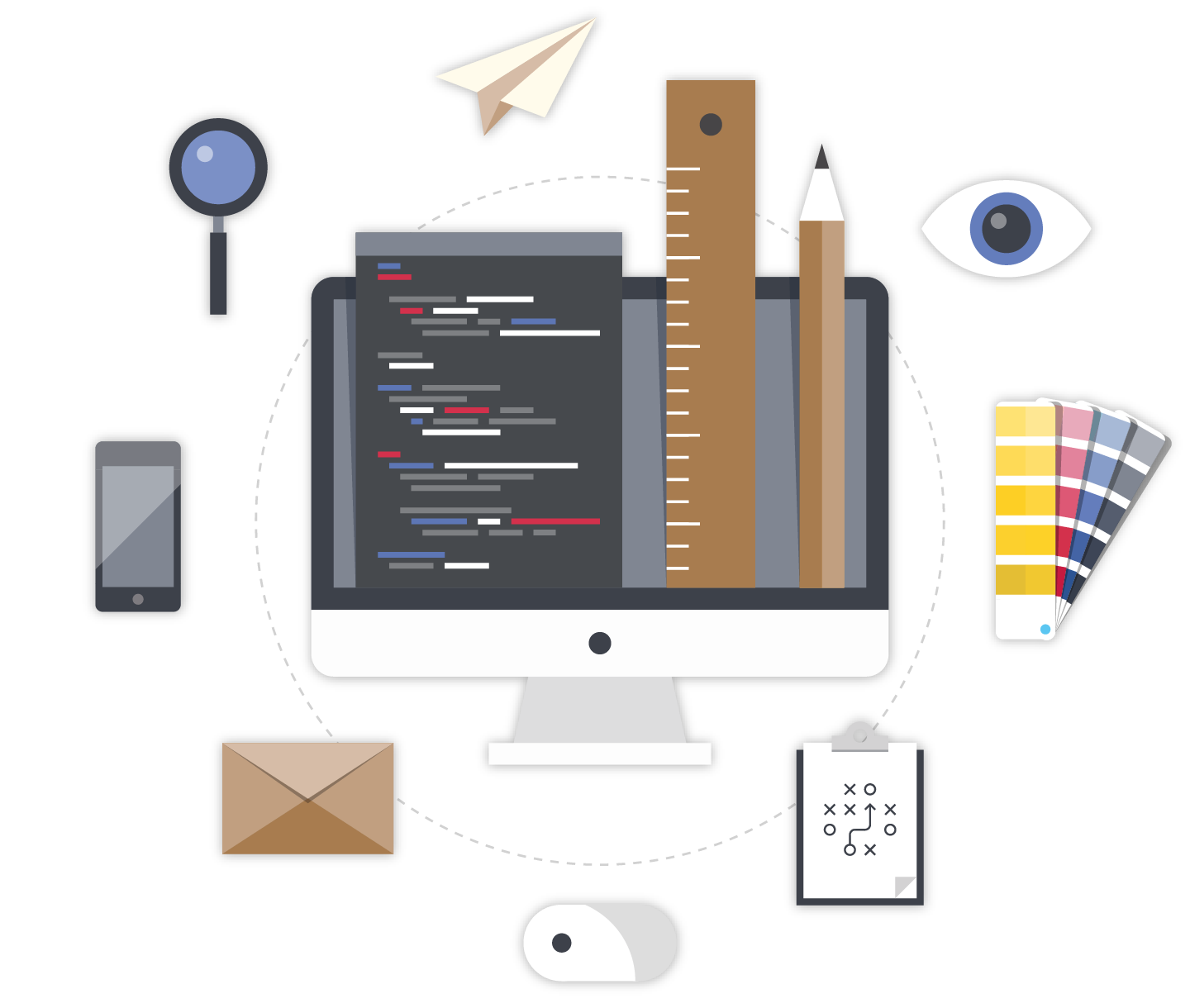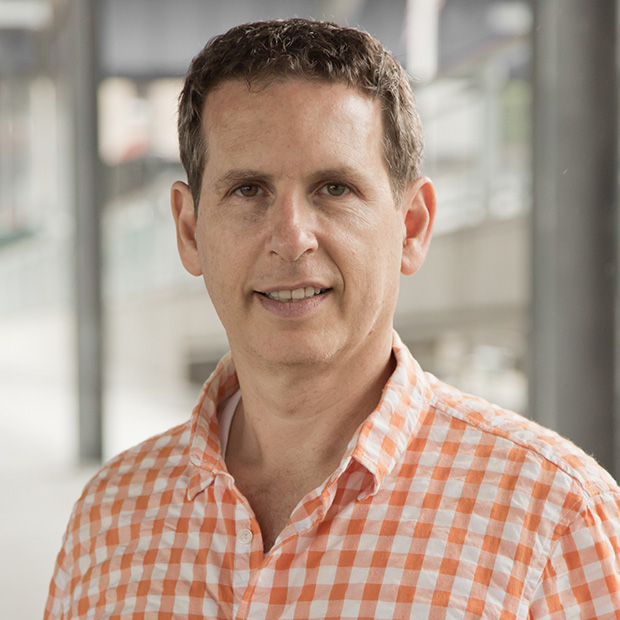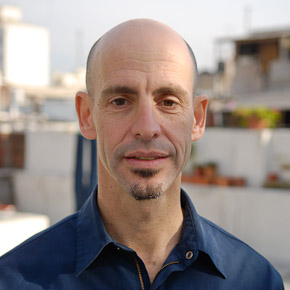I was a computer geek in high school in the mid-80s, writing my own database application to store the performance specs of production cars which I was obsessed with at the time. But then I moved to New York City to study fine arts in college. It hasn’t been easy straddling between art and technology that most people consider incompatible. Even to this day, when people ask me what I do for a living, I’m not sure which aspect of myself I should describe. If I described both, I would sound like an egotistical know-it-all.
After college, I went to work on Wall Street, sitting on the trading floor creating spreadsheets for traders to price interest rate derivatives. It was a strange transition, indeed, but someone saw my inner geek and gave me the opportunity. I had to teach myself calculus. Most students complain about having to study calculus because they would never use it in real life; ironically, I had never studied it in school but I had to use it.
After my six-year stint on Wall Street, in the mid-90s, I migrated to the world of Dotcom. At the time, it was super easy to get a job in that field. If you could manage to get a website up, you got a job. I went a bit further; I created my own website using only Java Applet. It was (still is) a weird thing to do. Part of the impetus for using Java Applet was to control the design elements precisely and animate them, which was the same reason why many designers embraced Flash many years later.
I got a job building an intranet for Elektra Records, an internal system to manage their database of artists, discography, contacts, sales data, etc.. They were way ahead of their time. The idea of building such a system using a web server and the browsers on everyone’s computer was quite risky given that no proven frameworks for it existed in the 90s. I spent a few months just researching what technologies were available. In the end, we wrote a server-side Java application and it was successfully deployed. I did the design work too. I wanted it to look as impressive as it technically was.
Since then, I’ve built countless websites and web applications. What I love about the web is that I can see people use what I created. And, unlike with paintings or sculptures, I can continually improve it by getting feedback from the users. Web apps grow up like children. As in parenting, it’s a continuous learning process.
Another aspect of web development I love is the fact that I get to work in many different industries. Through my first web project, I learned how the music business works. Since then, I’ve learned about pharmaceutical business, restaurant business, nonprofits, education, film and video production, consumer electronics, fashion, biotech, public relations, startups, venture capital, human resource, etc., etc..
And, of course, I love the fact that the web is a highly visual medium. I care a lot about how our applications look. Something we use every day should look and feel pleasing. Just like a well-designed office space, a well-designed collaborative app can boost the morale and enhance the team spirit and identity.
Creating an app isn’t as black and white as one might assume. Like directing a film, there are many different ways to interpret and realize the vision. Two different apps might on paper do the same thing but one could ruin your day while the other might work so effortlessly that you don’t even notice how it works. I strive for the latter. After all, there is a reason why you want me to build it; what it does and how it works should be designed to fulfill that goal.
If I sound like a know-it-all, that’s because I do want to know it all. I’m not happy specializing in one thing. I’m more interested in figuring out how things are connected than in what each thing is. I believe this is the key to creating an application that achieves something meaningful.
Contact dyske@cycleia.com




